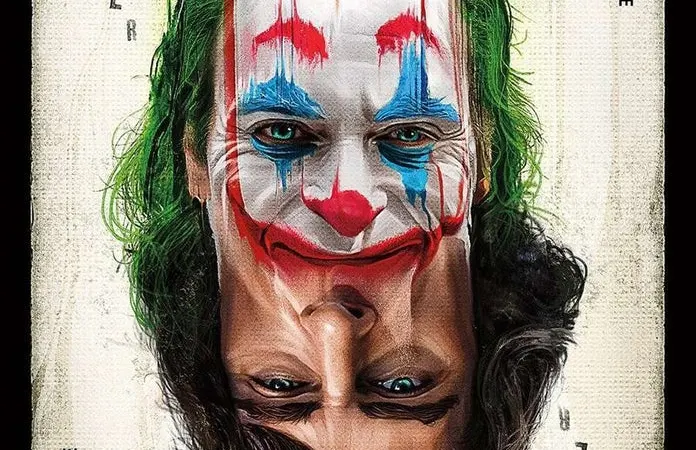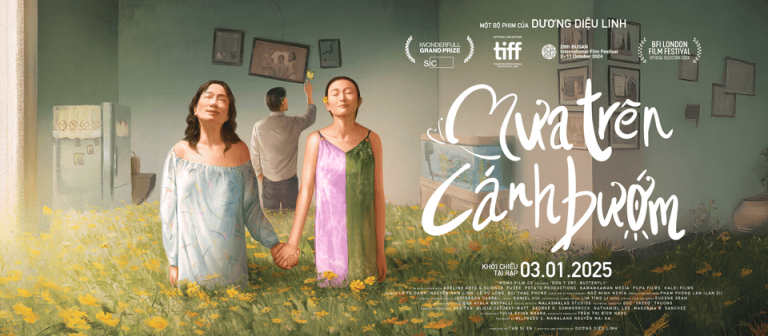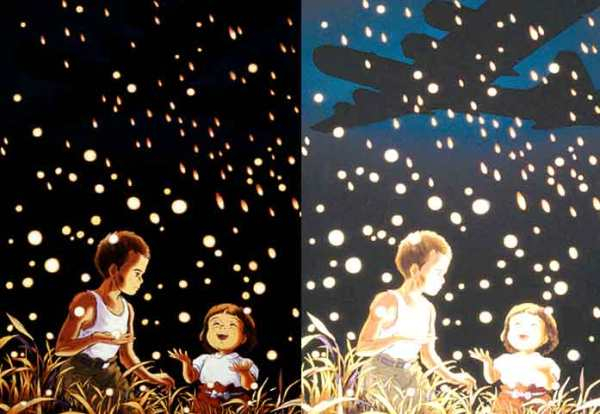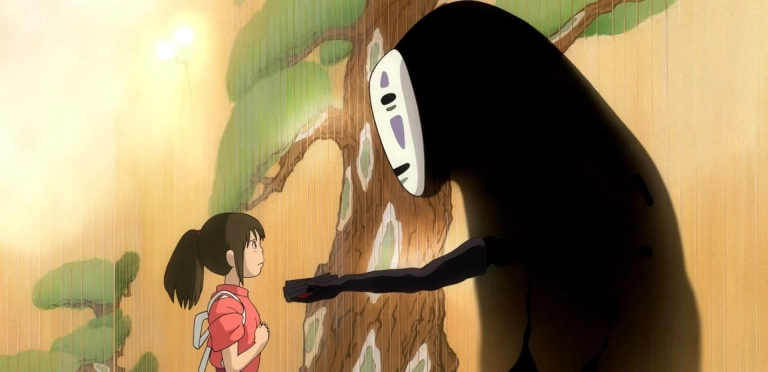NOTE: THIS REVIEW CONTAINS LIGHT SPOILERS AND SUBTLE HINTS AT THE FILM’S CONTENT
Over the past few months, Joker (2019) has been the movie I’ve followed most closely and anticipated the most. From the moment it was nominated for the Golden Lion, I already considered that a triumph. Then, when it actually won the Golden Lion, I could hardly believe how successful it had become. Yet, the wave of critics and public opinion split sharply, sparking heated debates about its portrayal of violence and whether it glorifies it. Some even worried the film might fuel a movement of people chanting “eat the rich,” stirring sympathy for society’s outcasts. That only made me more eager to see Joker for myself. Today, after catching an early screening, I can confidently say: Joker doesn’t glorify criminals or the “eat the rich” crowd. It’s a masterpiece—from its script, characters, and acting to its visuals and sound. The film unveils the origin of the infamous villain Joker in a way unlike any version before, making him both deeply pitiful and utterly TERRIFYING.
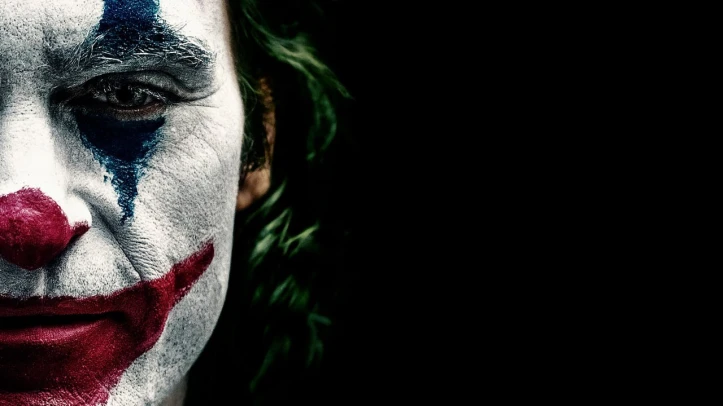
True to its title, Joker revolves almost entirely around its central figure, Arthur Fleck (who later becomes the Joker). He’s nicknamed “Happy” by his mother, or simply “Art” for short—a clever play on words, meaning “art.” The film’s visuals stand out with numerous scenes focusing solely on Arthur: the camera either trails him or zooms in on his expressions. Arthur dreams of being a stand-up comedian, but he’s shackled by personal struggles. He cares for his frail, aging mother, scrambles to make ends meet, and endures being mocked, bullied, and betrayed. What’s even more heartbreaking is that Arthur isn’t an ordinary man—he’s a walking bundle of mental illnesses and psychological disorders: behavioral issues, OCD, depression, narcissism, schizophrenia. His most defining condition is an uncontrollable laugh—a strange and cruel affliction. But if you pay attention, you’ll notice it doesn’t strike when he’s amused; it hits when he’s anxious or in pain. The scene where Arthur can’t stop laughing on a bus is a stark glimpse into just how pitiful this character is.
Through brilliant storytelling, Todd Phillips and Scott Silver bring Arthur’s inner turmoil to life on screen, slowly breaking him down and transforming a pitiable man into a terrifying killer. If you watch the film just for action or violence, you might find it slow-paced. But if you focus on the psychology and character development, you won’t be able to look away as the tension builds. Whether you’re new to the Joker or a die-hard DC Comics fan, there are plenty of fresh twists to leave you stunned. Todd Phillips and Scott Silver have crafted a flawless script, elevating comic book adaptations to a new level of psychological depth.
Some reviews compare Joker (2019) to Taxi Driver (and its protagonist, Travis Bickle), but I don’t see them as all that similar. With Travis, you can empathize and understand his actions. With Arthur, you can only feel pity—never true sympathy—because his violent acts are undeniably wrong.
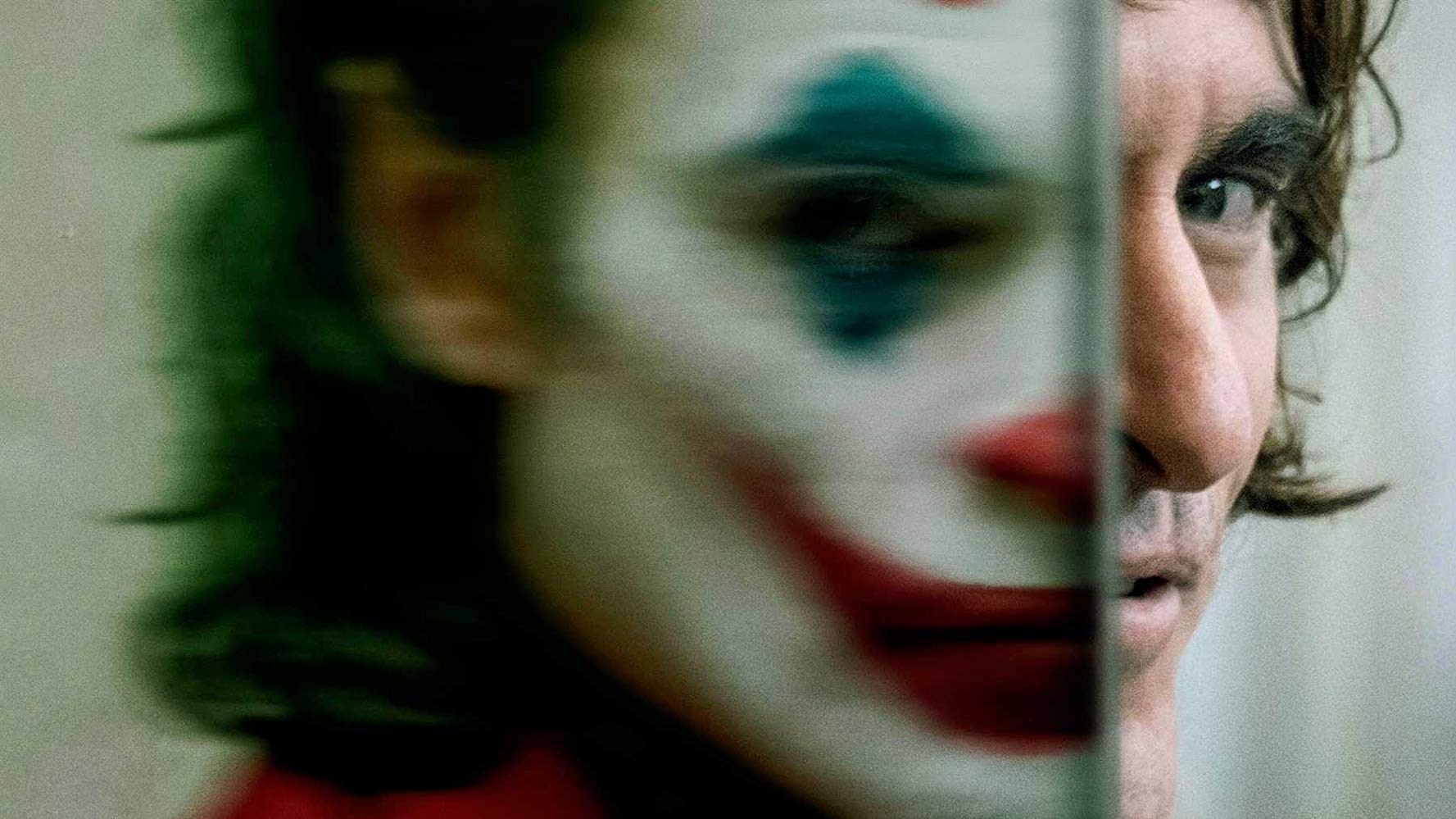
Speaking of pity, I’ll admit I shed tears in the theater out of compassion for Arthur. I clenched my teeth at his brutal fate, yet my fists tightened in anger and my heart raced in fear as he morphed into the monstrous Joker. That seamless, natural transformation owes everything to the harmony between the script and Joaquin Phoenix’s performance. As someone who’s seen plenty of Phoenix’s work, I can say I no longer recognized the actor I once knew. There was no Joaquin Phoenix on screen—just Arthur Fleck.
Here’s an interesting tidbit: Heath Ledger’s 2008 Joker was an organized mastermind—smart, rational, with calculated crimes. The 2019 Joker is the opposite: a chaotic villain with no plan, easily exposed. From his first crime (an outburst he couldn’t control) to his last (a deviation from his original intent), there’s nothing sophisticated—just raw violence, over and over. That’s not to say this version isn’t brilliant. It highlights both his pitiful state and his terrifying nature. An unorganized criminal is reckless and savage, but also someone pushed to the brink. Arthur’s descent into villainy stems from his mental disorders, his mother Penny Fleck’s harsh influence, and the way society treats him.
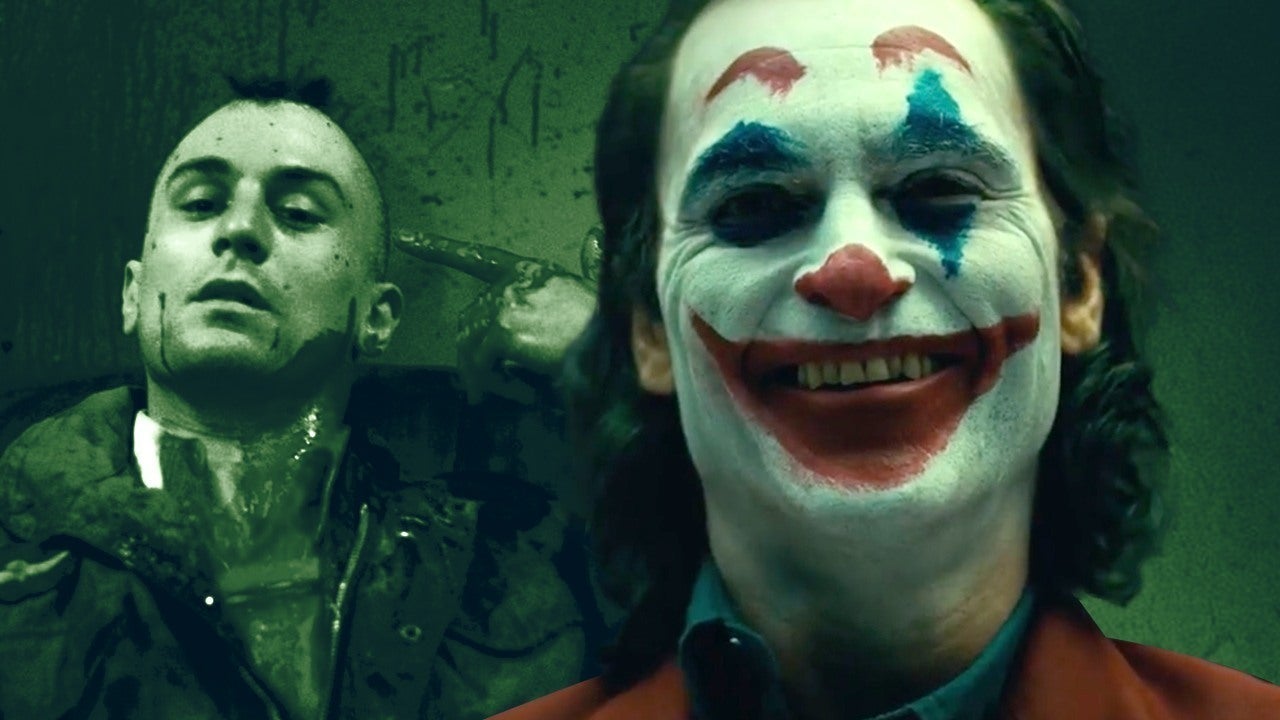
Meanwhile, Gotham is in political upheaval. The “eat the rich” movement (symbolized by super-sized rats overtaking the city) erupts against Thomas Wayne. After Joker’s first killing, some see it as a strike against the elite, hailing the clown-faced murderer as a hero and political icon. Arthur, though, couldn’t care less about politics or “eating the rich”—his crimes are personal revenge, nothing more (again, a stark contrast to Ledger’s Joker). Yet, in his narcissistic mind, he revels in the attention, believing he’s a true hero. The scariest thing in Gotham unfolds: chaos explodes (though not quite as it seems).
In a way, the film mocks the “eat the rich” protesters. They become Joker’s mask, unwittingly helping him escape justice time and again. Without that mob, this unhinged villain might’ve been locked up early, halting his crimes. As a neutral viewer, I felt frustration toward that crowd and shook my head at Gotham’s decay—a downfall that surpasses even the Gotham of Nolan’s Dark Knight trilogy or the Fox TV series.
The film ties Arthur to Thomas Wayne and Bruce Wayne as a core part of the story, not just a throwaway nod as some feared. Arthur’s brief but striking interactions with Bruce hint at intent—notice how both wear brown jackets, white shirts, black pants, and long hair, a deliberate parallel. Plus, there’s a final twist that’s surprising yet heartrending.
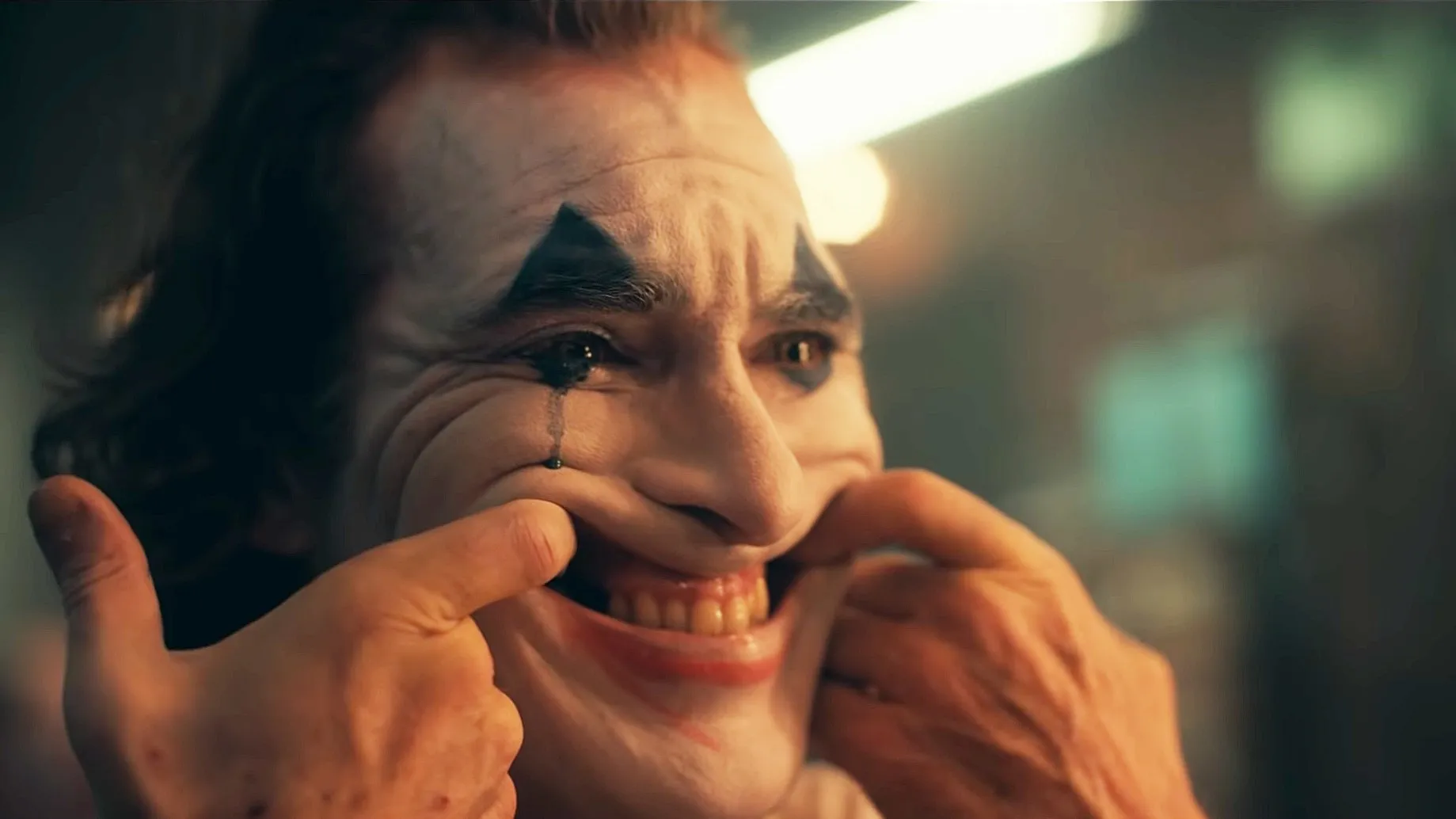
Another standout feature, beyond the script and acting, is the sound and visuals. Both are breathtaking—from the score and soundtrack to the cinematography, sets, color palette, and editing. One of the most unforgettable scenes blends all these elements: Arthur on the subway, his laughter mingling with the train’s roar as lights flicker on and off. The music, in particular, shines—somber when it’s sad, pulse-pounding when it’s tense, even shifting from mournful to menacing, mirroring Arthur’s psychological spiral.
Joker (2019) is rich with metaphors: the super-rats invading the city, piles of trash, or the contrast between Arthur wearily climbing endless dark stairs (struggling to rise in life) and Joker dancing wildly down them in the light (embracing his unshackled villainy).
The violence isn’t as extreme as expected, but the psychological weight is intense and haunting. That’s what makes Joker a heavy-hitting film. It’s no wonder U.S. theaters are boosting security—some even banning screenings.
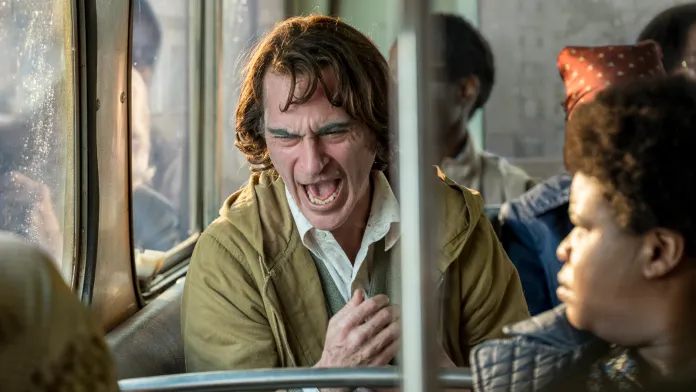
Overall, I believe Joker (2019) is a deeply psychological film. It presents a narcissistic, mentally ill man who’s both pitiable and terrifying—showing what happens when society abandons someone like him and a violent mob shields him. A shallow take might claim it glorifies crime, but a broader view reveals the opposite: it warns us to be cautious, to prevent someone from becoming a killer who could one day turn on us.
For me, Joker is the best film of the year so far. It’s the darkest comic book adaptation yet (outshining The Dark Knight, Logan, and Watchmen), with the most complex, gripping character psychology. It could rank among the greatest comic book movies ever. I’m convinced it’s a strong Oscar contender, though its polarized reviews (Metacritic dropping from 70 to 62) might pose a challenge. Joker (2019) is a masterpiece—a villain who’s pitiful yet ABSOLUTELY TERRIFYING.

